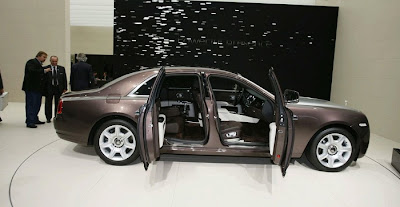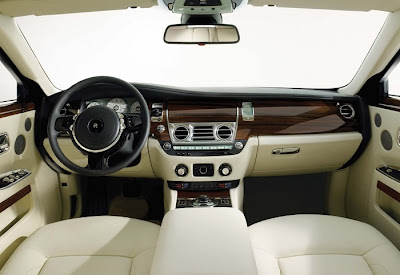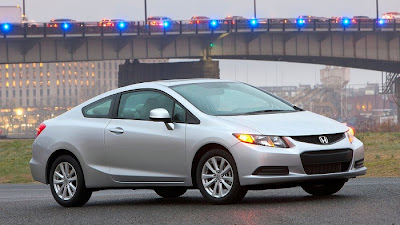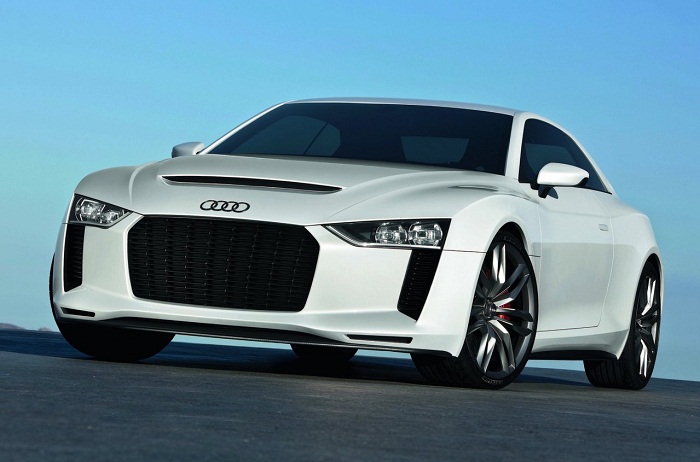As one would expect from Saab, this dynamic two-seater sports coupe breaks with automotive design convention both outside and inside.
First, there are no doors… or windshield pillars. That’s because the Saab Aero X adopts a cockpit canopy, just as you would see on a jet aircraft. It offers the Aero X pilot full 180 degree vision, and also facilitates entry and exit from its low-slung cabin.
Thrust for the all-wheel-drive Saab Aero X also comes from a powerplant with a difference. The 400-hp, twin-turbo, BioPower V6 engine is fueled entirely by ethanol, a sustainable energy source that is kinder to the environment by cutting fossil CO2 emissions. The “green power” of this advanced engine gives new meaning to the phrase “performance with responsibility.”
Inside, the Saab Aero X’s cockpit also adds a new dimension to clean Scandinavian interior design by completely eliminating conventional dials and buttons. Instead, Saab has applied techniques derived from Swedish glass and precision instrument making, displaying data on glass-like acrylic ‘clear zones’ in graphic 3-D images.
All exterior and interior lighting is by LED (light-emitting diode), which has given the design team new freedom to exploit the compact packaging benefits of a technology that will be featured increasingly in future Saab products.
With weight-saving carbon fiber bodywork, a lightweight powertrain, electronically controlled suspension and all-wheel drive, the Saab Aero X is an exciting driver’s car that promises a level of performance to match its looks. Computer simulations anticipate zero to 60mph/100 kph in just 4.9 seconds and a top speed of 155 mph/250 kph (limited).
Despite being so tightly driver-focused, the Aero X still offers surprising practicality, again, a quality you would expect to find in all Saab designs. That dramatically sculpted tail conceals a useful twin storage facility, with a conventional hatch opening and sliding drawer underneath.
“This study shows how the strength of the Saab brand heritage can inspire bold, innovative design,” says Bryan Nesbitt, Executive Director, GM Design Europe. “As we move forward with new Saab products, we will remain focused on carefully cultivating this brand equity in the context of Scandinavian design values.” Read More!
























































